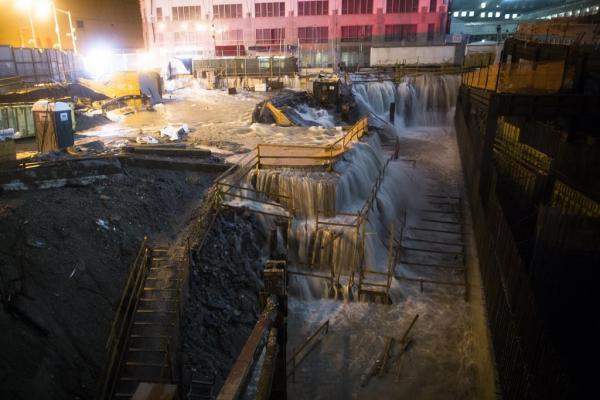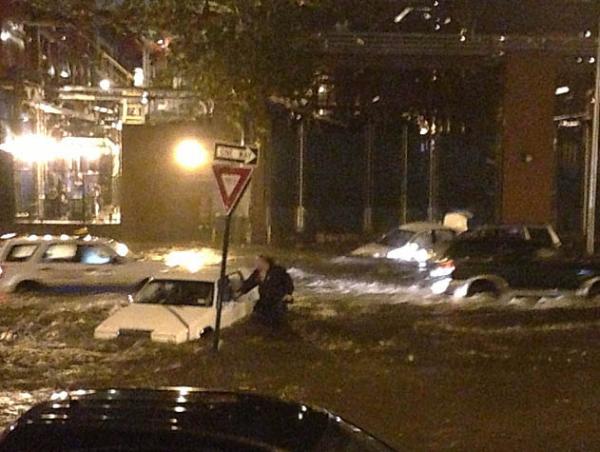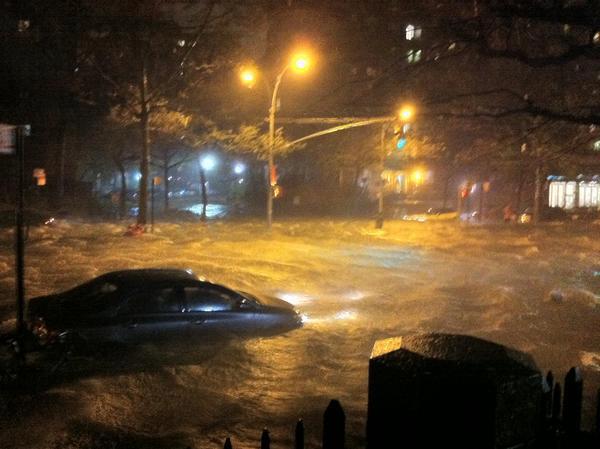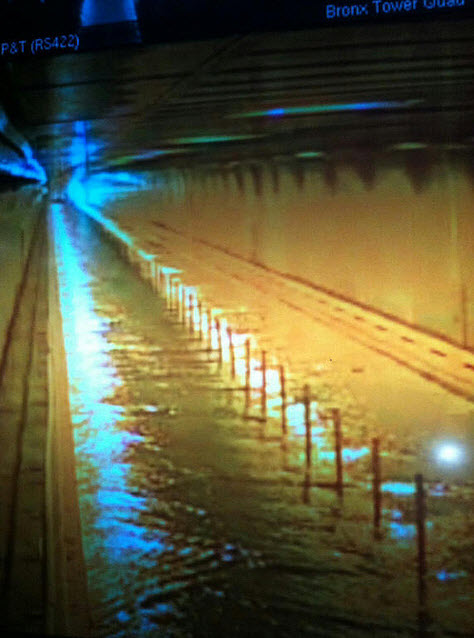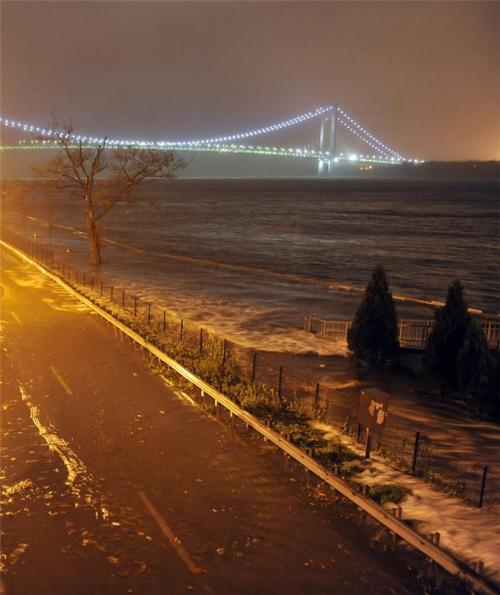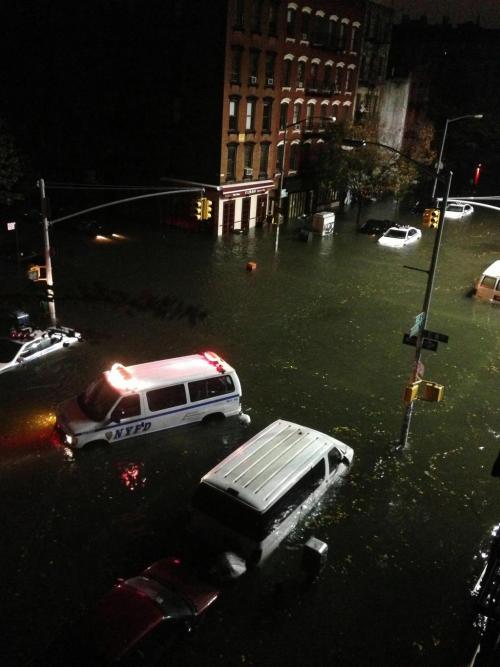– Gundersen: Nuclear fuel pool started to heat up at New Jersey plant due to Sandy — They were bringing in fire pumps because of all the problems (AUDIO) (ENENews, Nov 5, 2012):
Fairewinds Podcast, Nov. 4, 2012:
Nuclear Expert Arnie Gundersen, Fairewinds Energy Education: The NRC is not really telling too, too much […]
There’s something called a PNO out, a preliminary notice of occurrence, and the NRC has said that the normal shutdown cooling and the fuel pool cooling were both lost at Oyster Creek and also that there was a loss of offsite power.
So what that means is the nuclear fuel pool started to heat up and Oyster Creek started to bring in some diesel fire pumps, apparently they got the situation rectified before turning the pumps. They were in a position where they were bringing in diesel fire pumps in order to keep the nuclear fuel pool cool because of all the problems they were having as a result of Sandy.
Full Program Here



